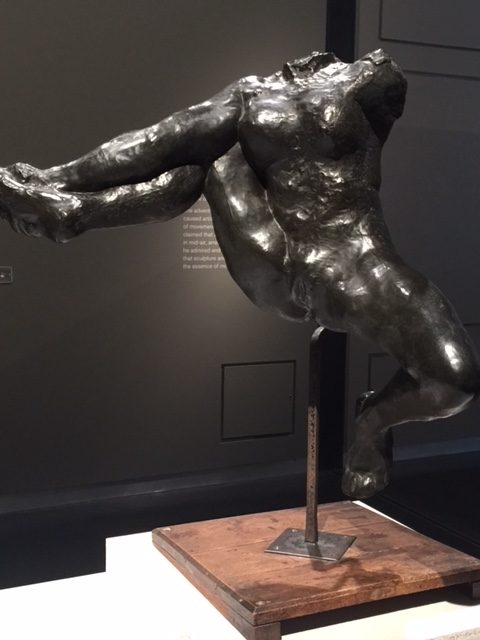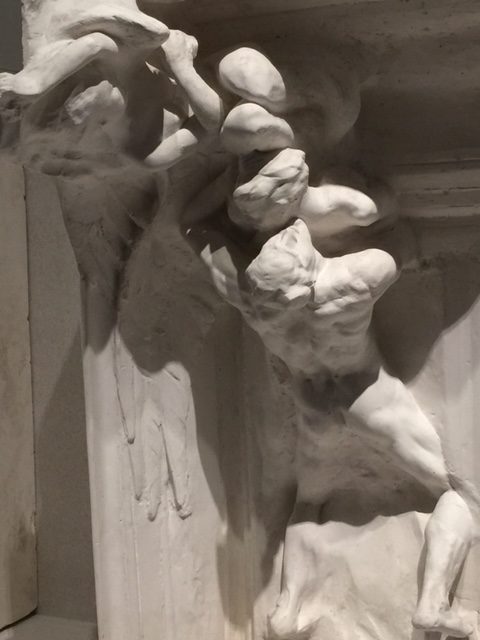I was born in the dark dream-time of the year, being a January girl, so there has always been something about the darkness that fascinates me. It seems to be a shared fascination among most writers and authors, maybe among people, not only for what it conceals, but for what it reveals. Darkness is always a great subject for this time of year when night’s are long and days are anaemic as the year closes in on itself and we all wrap up in memories of warmth and dreams of the returning light and the new beginnings the New Year brings.

A couple of years ago I was lucky enough to attend an exhibition at the British Museum. While any visit to the British Museum is a little slice of paradise, this particular visit was even more so because it was Rodin and the Art of Ancient Greece. One of my very favourite sculptures ever is Rodin’s The Kiss. One of my very favourite exhibitions to visit regularly in the British Museum is the Elgin Marbles. Imagine my delight when this special exhibition turned out to be an intermingling of the two with the focus on how the Parthenon and a trip to the British Museum influenced all of Rodin’s work. Seeing Rodin’s works displayed next to some of the exquisite pieces from the frieze of the Parthenon was not only enlightening, but inspiring and thought provoking. Add to that the wonderful insights into the heart of a creative genius by another creative genius, Rainer Maria Rilke, who was briefly Rodin’s secretary, and the afternoon was a treasure trove of inspiration that just keeps on inspiring me long months later.

What I had not known before and what I found most insightful was the darkness that Rodin never shied away from in his work. As a writer, I feel it’s my duty also not to shy away from the darkness, even, maybe most especially, when I really want to. The darkness is quite often the journey of passage into new beginnings, and therefor maybe the most terrifying treasure for any artist, anyone, who must pass through it to the other side.

Much of Rodin’s work found its beginnings in his Gates of Hell, which was to be a representation of Dante’s Inferno. The sculpture was commissioned in 1880 for a museum that was never built. But Rodin was so pulled into the effort, so inspired by it, that he continue to work on it and off until his death in 1917. Many of his most famous sculptures, including The Kiss and The Thinker, were inspired by and taken from the Gates of Hell.

That got me thinking that perhaps I am inspired by my own gates of hell, perhaps we all are. The recurring themes of darkness in my stories are, as was Rodin’s Gates of Hell, less about sin and punishment than they are about the human condition, my own condition, the fragmenting of self and the constant reworking of that self. Which raises a question I have often asked myself, and especially this time of the year when the days are dark and short. Are we inspired by the darkness to seek out the light, or is it only the presence of the darkness that allows us to see the light? I’m leaning heavily toward the latter.
